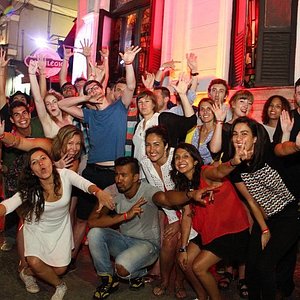
WEIGHT: 50 kg
Breast: AA
1 HOUR:140$
Overnight: +30$
Services: Massage classic, Travel Companion, Toys, Sex vaginal, Striptease pro

Official websites use. Share sensitive information only on official, secure websites. The management of posterolateral corner injuries has also evolved and good outcomes have been reported after operative treatment following anatomical reconstruction principles.
Posterolateral instability may cause significant functional limitations. However, more recently, the anatomy and biomechanics have become well-defined and good outcomes have been reported after PLC operative treatment following anatomic reconstruction principles. Appreciation of the complex anatomy and biomechanics of the PLC is critical for understanding the physical exam, imaging, and treatment of PLC injuries. The main structures that provide stability to the lateral aspect of the knee are the fibular collateral ligament FCL , popliteus tendon, and popliteofibular ligament.

Anatomy of the posterolateral corner is represented A with the three main structures responsible for lateral side stability: popliteus tendon, popliteofibular ligament and fibular collateral ligament. The anatomical footprints of these structures are highlighted in B B. Reprinted with permission from Am J Sports Med. The FCL is a ligamentous structure that originates from a depression located 1. The FCL acts as the primary stabilizer to varus stress on the knee and helps stabilize against external rotation torque in lower degrees of flexion.
The popliteus tendon runs obliquely from the posteromedial aspect of the tibia becoming more tendinous as it courses laterally. It inserts on a relatively broad area 59 mm 2 on the anterior fifth of the popliteus sulcus, just posterior to the lateral femoral condyle articular cartilage surface. The popliteus tendon runs underneath the FCL, through the femoral popliteus sulcus and becomes intra-articular on the posterior aspect of the lateral femoral condyle.

The popliteofibular ligament is consistently present, originating from popliteus musculotendinous junction and inserting on the posteromedial aspect of the fibula head. Both the popliteus tendon and popliteofibular ligament contribute to external rotatory stability. The posterolateral complex and the posterior cruciate ligament PCL have a synergistic relationship, with the PCL acting as a secondary restraint preventing external rotation and the PLC helping in resisting posterior tibial translation, mostly in lower degrees of flexion.




































